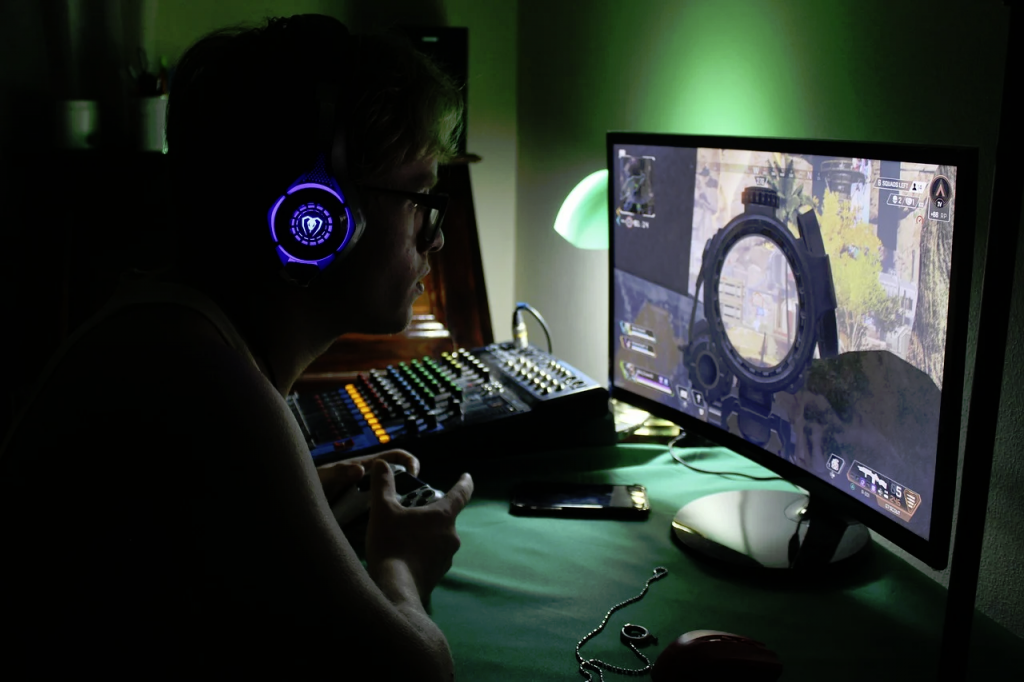Gaming is a hugely influential industry, with the technology developed to power cutting edge entertainment experiences often being used in other sectors for entirely different yet no less exciting purposes.
For that reason, it makes sense for entrepreneurs and business leaders to pay attention to the developments being made in gaming. Here is a look at just a handful of the most impactful, on-trend tech solutions that are catalyzing innovation in the gaming space at the moment.

Image Source: Pixabay
Table of Contents
5G
The fifth generation of mobile networking is being rolled out in many places around the world at the moment, and a slew of compatible devices boasting incredibly fast mobile connectivity are rolling out to consumers to take advantage of this.
From a gaming perspective, the benefits of 5G are significant. Not only will quicker network access provide a better experience when enjoying everything from hair trigger shooters to online roulette, but it could also usher in an era in which game streaming is viable on portable devices without the need for Wi-Fi.
The emergence of cloud-powered game streaming services like Google Stadia in the past few years has opened up the possibility of escaping the issues of hardware obsolescence altogether. Now with 5G available, gamers can enjoy the best graphics on even the most basic smartphone or tablet.
Offloading workloads from local devices to the cloud is something which businesses are doing in greater numbers, and 5G holds similarly exciting potential in this context.
Ray Tracing
Ray tracing is not a new technology, having been introduced to the consumer market by NVIDIA’s 20 series GPU line-up a couple of years ago. However, it is only just beginning to gain the support of developers in large enough volumes to make it a viable mainstream concern, spurred on by the fact that both the Xbox Series X and PlayStation 5 consoles are ray tracing-capable.
While there are various variations of ray tracing tech, the overarching theme is that it can be used to calculate light rays in a realistic way, rather than relying on older tricks like screen space reflections to give the impression of believable real-time lighting.
The upshot is that games like Cyberpunk 2077 and Watchdogs: Legion are able to deliver visuals that look crisp, clean and are more importantly lit like they would be in the real world, rather than having a flat, baked-in feel to them.
Ray tracing should have implications beyond gaming, with its applications in the creation of visual effects for movies and TV shows being the most interesting, catalyzing the production process and cutting costs of CGI while delivering better results at the same time.
VR & AR
Virtual reality and augmented reality have been consumer-accessible for some time, although it is still arguable that outside of a few small exceptions, they remain a niche concern.
This could change in 2021, as the horsepower of the new console generation, in combination with falling production prices for higher end headset hardware, may create the ideal circumstances for a richer and more rewarding implementation of these technologies that will get players and developers alike onboard in larger numbers.
Oculus remains a frontrunner in terms of bringing VR to as many people as possible, with its headsets getting lighter and more convenient to use, while also bumping up the quality of the experience.
Meanwhile AR is a technology that is perhaps more interesting from a business perspective, given its use in everything from auto maintenance to surgery.
Again, the investment in tech for gaming is having benefits in other industries, and as 2021 moves on, more of these links will be revealed.

